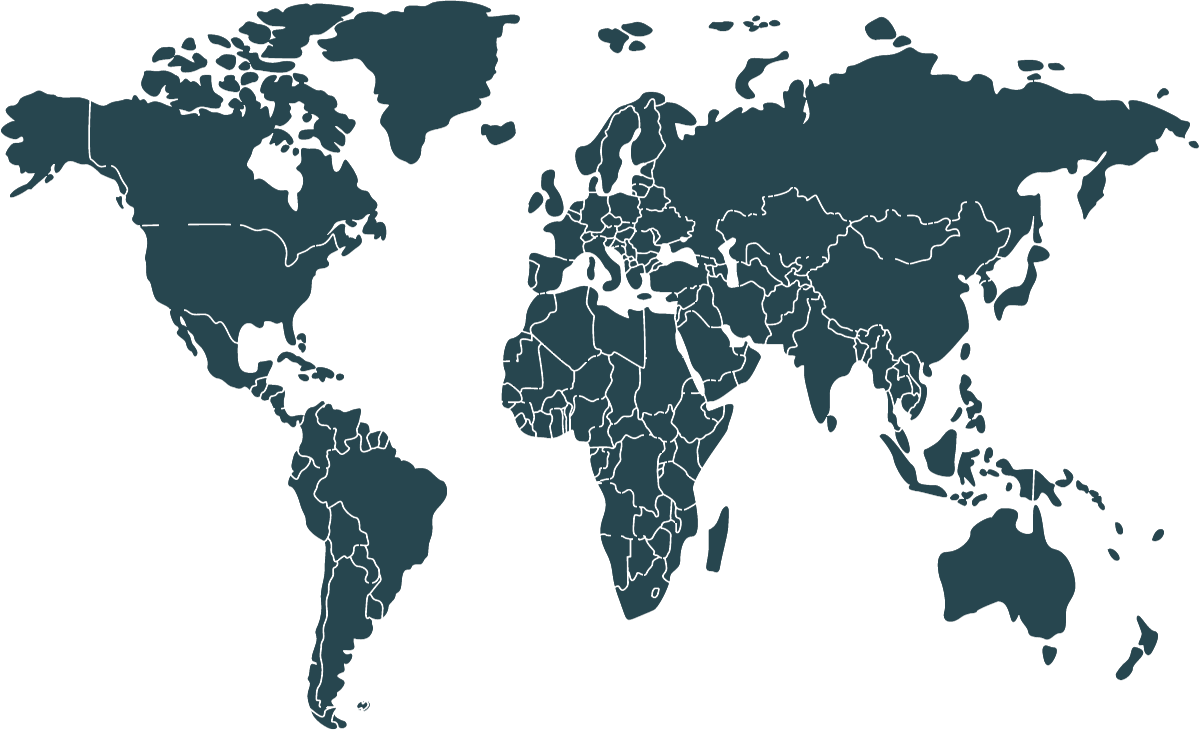Product Codes
•• Defining the processes and procedures that form the requirements for the issuance, transfer, and redemptions of an I‑TRACK or I-REC certificate
Accredited Product Codes under the I-TRACK Foundation
A Product Code is a description of roles and a set of rules approved and Accredited by the International Tracking Standard Foundation (I-TRACK Foundation) as being adherent to the International Attribute Tracking Standard (Standard) that ensures reliable implementation of a Product Certificate. The Product Code can be owned by a government, private enterprise, or non-profit organization.
The Standard does not define the Products adherent to the Standard, it ensures that all Products adhere to the same high-quality requirements. These can be Products like electricity, non-fossil gas, hydrogen, carbon capture utilization and sequestration (CCUS), and any other Products that rely on attribute tracking infrastructure. Such Products will benefit from common rules provided in the Standard and lead to increased understanding, use, and growth of the underlying markets.
The I-TRACK Foundation doesn’t implement attribute tracking systems but accredits Code Managers such as the I-RECfor Electricity [I-REC(E)] Accredited Code Manager, Evident, to implement attribute tracking systems for Accredited Product Codes.
Developing Other Product Codes
The International Attribute Tracking Standard (Standard) describes the tools required for implementing a reliable and robust attribute tracking system and is not limited to a specific commodity such as electricity or fuel.
In 2022 The I-REC Standard Foundation signed a memorandum of understanding (MOU) with C-Capsule for the development of a Carbon Dioxide Removal (CDR) Attribute Tracking Certificate system that allows consumers to mitigate emissions while providing a revenue stream for CDR activity. This Product Code now has Pre-Accreditation.
Another memorandum of understanding (MOU) was signed in 2022 with Avance Labs for the development and eventual Accreditation of a Product Code for renewable and low-carbon hydrogen (the “Hydrogen Product Code” or “I-TRACK(H) Product Code”). This Product Code now has Pre-Accreditation.
In May 2023, the I-TRACK Foundation, and an international consortium (Consortium) formed by Evident, Instituto Totum, and M-RETS signed a memorandum of understanding (MOU) to develop a Product Code for biogas and biomethane (the “I-TRACK(G) Product Code”) that will adhere to the strict requirements of the I-TRACK Foundation’s Standard. This Product Code is still in development.
Currently, through the Standard, there is an opportunity for the development of I-TRACK(MI) – Methane Intensity and I-TRACK(PSR) – Point Source Reduction, as I-TRACK commodities.
Product Code for Gas
Product Code for Hydrogen
Product Code for Carbon Dioxide Removal
Product Code for Electricity
Understanding EAC Schemes
An Energy Attribute Certificate (EAC) scheme allows end-users around the world to make reliable claims about their energy usage such as: “my factory runs on 100% renewable energy”, “our products are made with 100% wind energy” and “our global electricity usage causes zero end-of-pipe emissions.” Without the use of EACs, it would be impossible to make these reliable claims because electricity is not a tangible product that can be boxed and sent from the producer to the consumer. Instead, a producer injects an electrical charge into the grid in one place and a consumer (somewhere else) takes the same amount of charge off the grid. There is no way to track electrons through a grid. Therefore, the only reliable mechanism for making claims about the use of a specific charge that was taken off the grid is a system that books all injected charges as unique units (megawatt-hours (MWh)).
EAC schemes can accelerate a country’s energy transition by putting an additional, marketable value on the production of renewable energy. Producers of renewable energy can sell both the energy and the related EAC. By providing a complementary income stream, the trade of EACs can reduce the reliance on national public renewable energy support schemes for renewable energy producers seeking to ensure the economic viability of their projects. This means that any public money that is available for supporting renewable energy generation can go to those projects in most need of it, and/or can be spread across more projects.
Furthermore, the use of an EAC scheme to support the generation of renewable energy should not necessarily mean that governments should invest less in the generation of renewable energy. Market participants’ use of a given EAC scheme is either voluntary or mandated by national authorities. Voluntary EAC schemes allow but don’t require, market participants to trade EACs and/or to cancel EACs to claim the use of renewable energy.
Currently, most national EAC schemes are voluntary. For example, the schemes used in the European internal market. Mandated EAC schemes are often referred to as “compliance” markets. Generally, in such schemes, a national authority requires market participants to sell or purchase a given volume or percentage of renewable energy and prove that activity through the trade and/or cancellation of EACs. EAC compliance markets are seen in some US States, where they are the tool for meeting a Renewable Portfolio Standard (RPS). EAC schemes can differ based on their legal footing, but the underlying principles of their operation – the issuance, trade, and cancellation of certificates that allow end-users to claim the use of a given unit of energy – are the same.
These booked, unique units can be traded independently from the underlying energy, and only the person or entity that ‘cancels’ this unique unit can claim the usage of that specific MWh. This mechanism is called a book-and-claim system and is the cornerstone of EACs worldwide. It is an accounting instrument that certifies the production of an MWh of energy along with factual characteristics of how, where, and when the energy was produced. These units can then be transparently traded and canceled.
